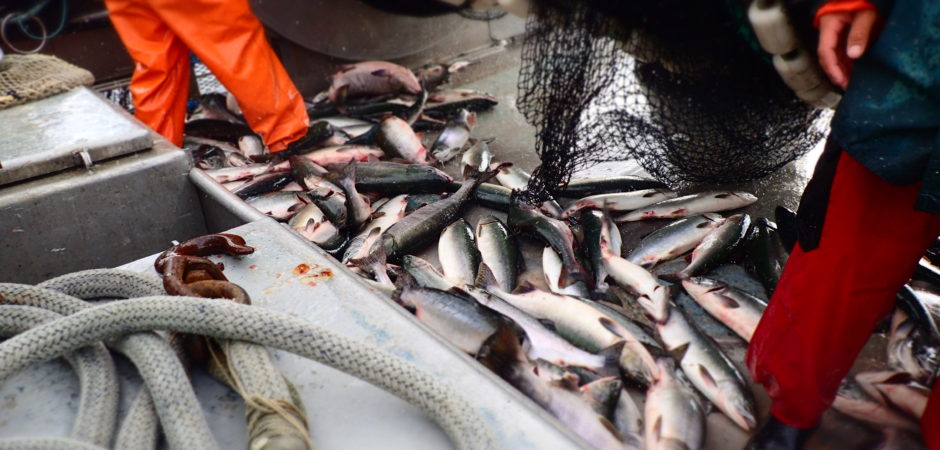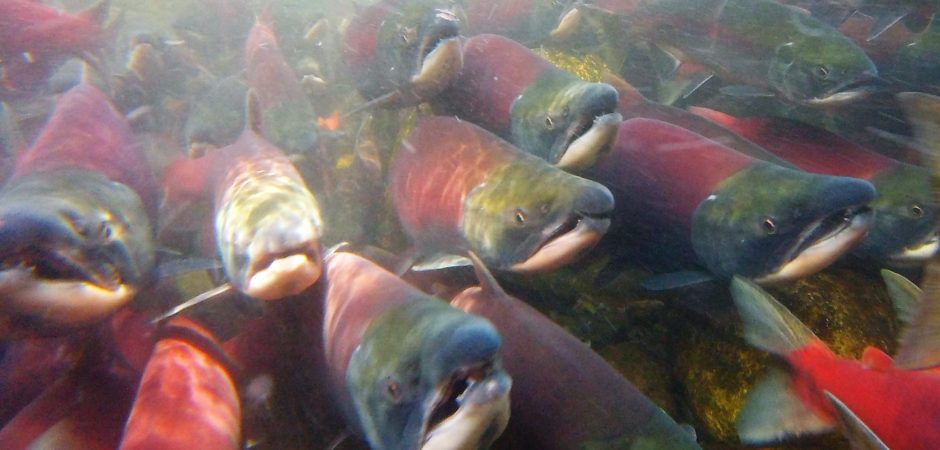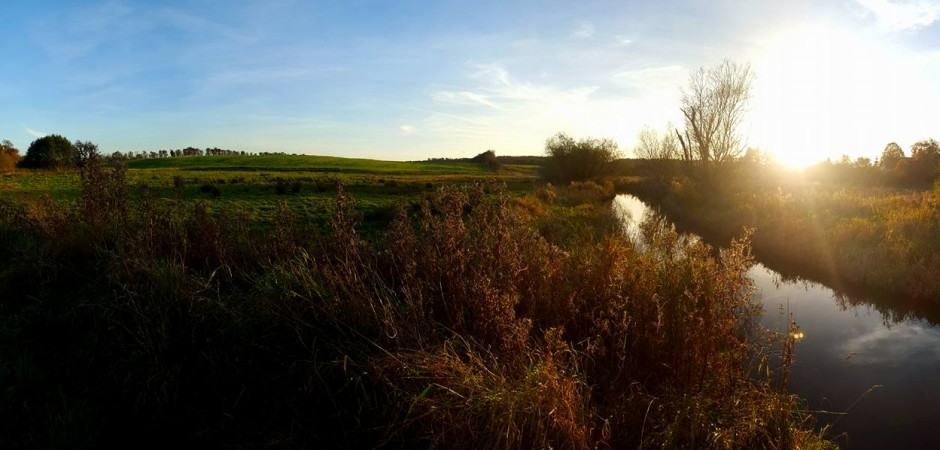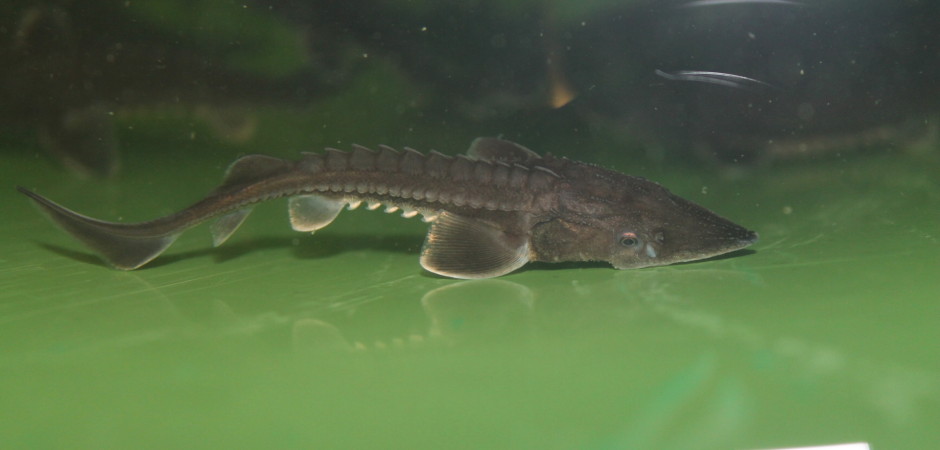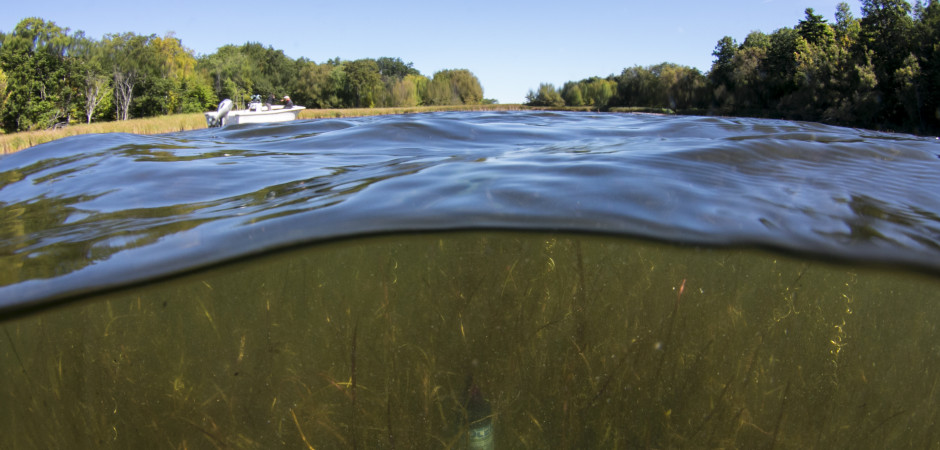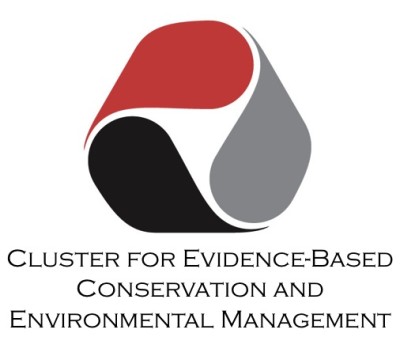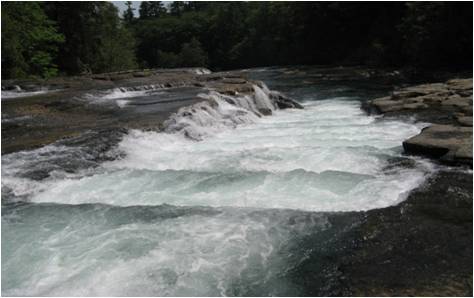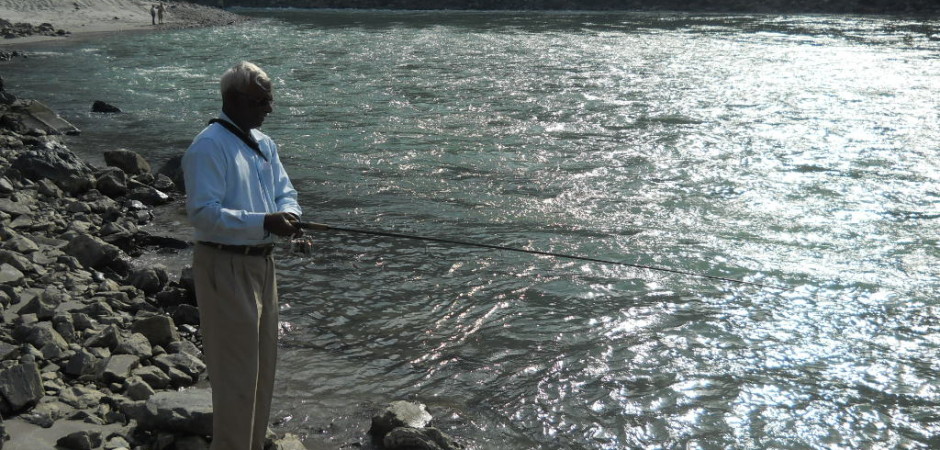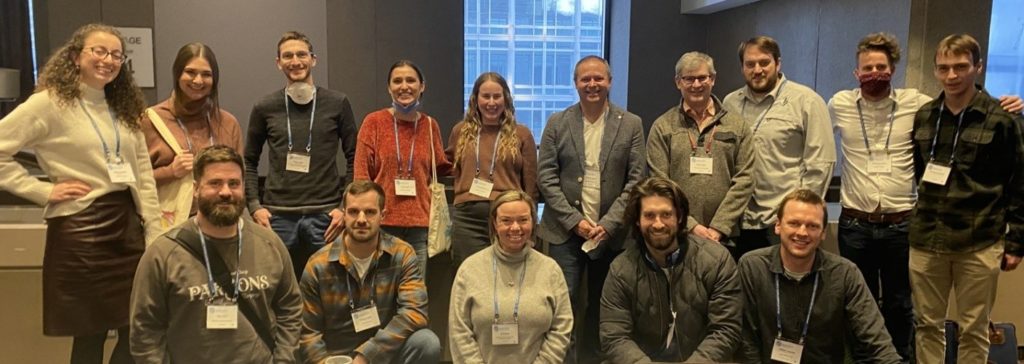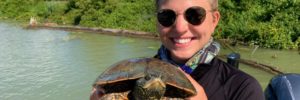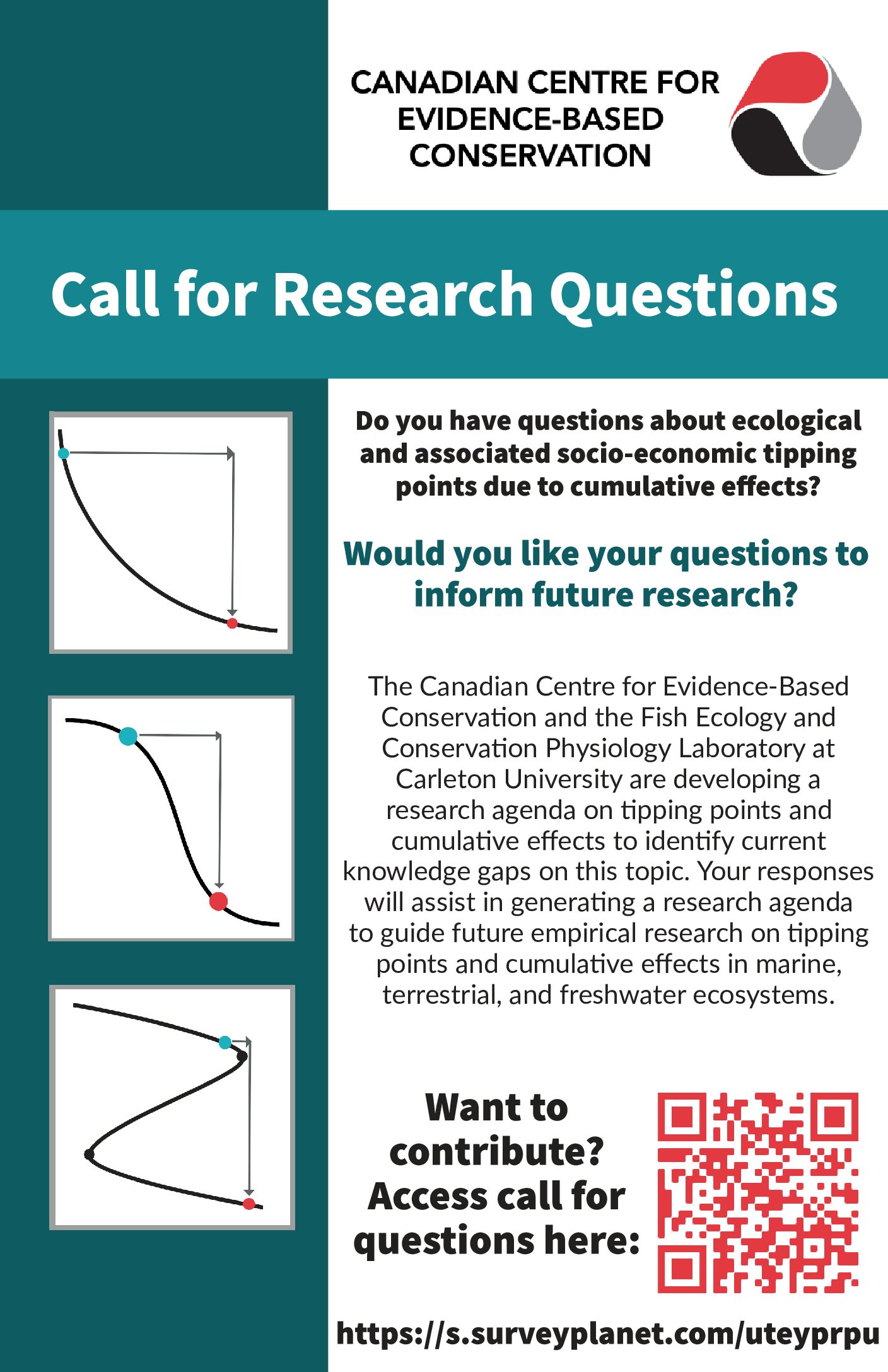Parks Canada is the primary steward of the Rideau Canal (completed in 1832, stretching 202 km) and the Trent-Severn Waterway (completed in 1920, stretching 386 km), two national historic waterways that support many recreational, cultural, and economic activities (e.g. boating, fishing, swimming). Protecting the interconnected cultural, natural and social values of… Read More
Projects
Ultimate fate of sockeye salmon captured and released from purse seine fisheries in Canada’s Pacific Northwest
Fisheries capture is among the most stressful events fish experience in their lifetime. As with all fish, when Pacific salmon encounter capture gear and either escape, or are landed and released, often because they are unwanted or are of conservation concern, they face a very uncertain fate. Stress, both physiological (e.g.,… Read More
Reproductive success in sockeye salmon
Sockeye salmon (Oncorhynchus nerka) are an important commercial and recreational fish. However, warm water temperatures in the ocean and rivers, accumulation of sea lice and lamprey injuries, and delayed lethal interactions with fisheries are all contenders for decreasing run returns – and 2016 was the smallest return for the Fraser River in the last 100 years, resulting… Read More
Using heart rate loggers to determine smallmouth bass parental care energy investment
Understanding energetic expenditures at different periods of their life history is important for the conservation of smallmouth bass (Micropterus dolomieu). One of the most important life history stages is spawning, where offspring success is important for individual fitness and population sustainability. During spawning, male smallmouth bass care for their offspring by… Read More
Effects of cortisol on diet and oxidative stress in brown trout
All organisms experience some combination of natural (food, predation, disease) and artificial (climate change, fishing, habitat alteration) stressors in their lives. These stressors may have immediate lethal effects, or have delayed sub-lethal effects that impact fitness-related metrics. Sub-lethal stressors experienced during one part of the annual cycle may also carry over… Read More
Behavioural guidance of fish using light
Aquatic systems are altered for many reasons, including building dams for hydroelectric power, diversions for cooling at nuclear facilities, and irrigation for crops. These alterations impose negative consequences on fish populations, whether through entrainment (being drawn through water intakes) or impingement/biofouling (becoming trapped against barrier structures intended to prevent entrainment). Consequently,… Read More
Habitat Use and Behaviour of Juvenile Predators in the St. Lawrence River
The life history of muskellunge, a large and rare apex predator in freshwater ecosystems, has long remained cryptic to researchers. While muskellunge are found in small systems where they are restricted to small home ranges, they are known to migrate when inhabiting large systems such as the Great Lakes and their… Read More
Systematic reviews on: (1) the effectiveness of non-native fish eradication techniques in freshwater ecosystems; and (2) the effectiveness of spawning habitat creation/enhancement for substrate spawning north temperate fish.
In recent years, it has become increasingly apparent that objective scientific evidence and information synthesis is essential for supporting important policy and management decisions by environmental and conservation professionals. A seminal paper by Pullin et al. (2004; Biol Conserv. 119:245-252) discussed how environmental management actions were largely not based on the… Read More
CanFishPass: Inventory of Canadian Fish Passage Facilities
Across North America, fishways ensure upstream and downstream portions of waterways remain connected around dams. However, the efficiency of passage for each fishway design can be unique for different species. CanFishPass is an electronic inventory of fish passage facilities in Canada, and includes important information on the engineering and hydraulic specifications of… Read More
Advancing an integrative framework for rapid assessment of catch-and-release recreational fisheries
Anglers, fisheries managers and other stakeholders would be the first to say that recreational fisheries are like the proverbial snowflake- no two are alike. Target species, fishing gears, habitats, user groups and other social and ecological components all vary widely, and so management techniques that work for one fishery may not… Read More

